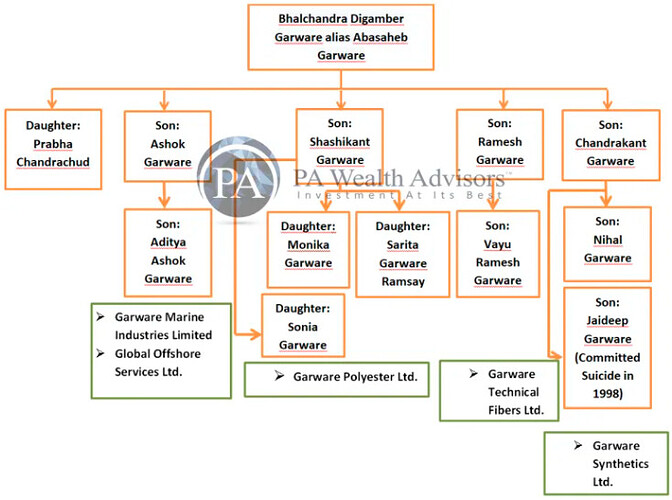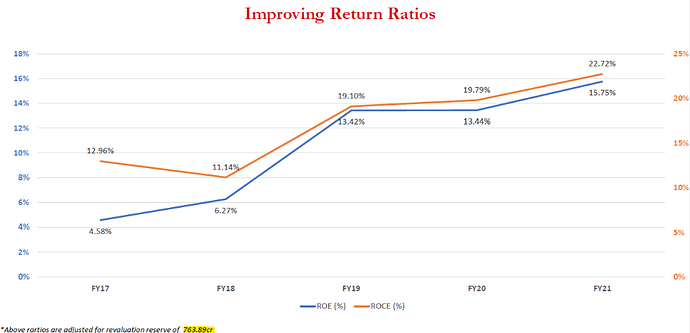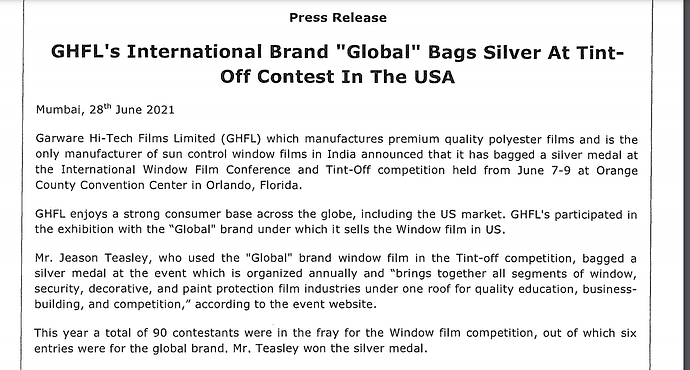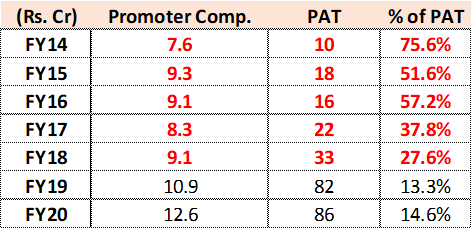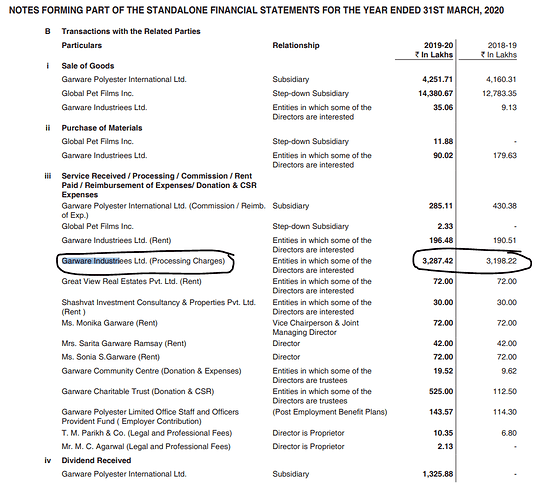Understanding Distribution and Supply Chain-
This is one of the trickiest pieces and where I could use a lot of help from VP members in the US @rupaniamit. There are two parties in the supply chain; distributor and installer. From the scuttlebutt that I was able to do and from what I could understand, distributors are relatively large after-market auto accessories shops that buy window films, PPF, and other accessories like Decals, etc and stock them.
- It is somewhat like a classic distribution model where a large distributor generally does not work with more than one or two brands, similarly, a brand won’t work with more than a handful distributors in a particular region.
- Installers are the trained professionals who install window film and PPF. It is a high-skill job.
- Now, an installer can be an independent unit that has a small garage like shop or could use the distributor’s workshop to install the products.
- If an installer is independent, they can keep multiple brands to cater to different categories of customers but they don’t keep more than 2 or 3, however, if they are working under a particular distributor then they can only install the distributors’ brand. Generally, most installers are “associated” with a distributor.
-
There is stickiness in using a particular brand- The main obstacle an installer has to face are shrinking the film, dust and sealing of the windows. Different brands shrink in a different way and installers get used to installing a particular film. Unless there are quality issues and warranty claims, installers hardly make a switch.
XPEL completely turned this model upside down in the US and has created a brand pull. They eliminated the distributors and went directly to the large installers and has re-branded them as XPEL. Every XPEL installer is a franchisee partner of XPEL. Even though few XPEL franchisees keep other brands, XPEL has very tactically eliminated that by enforcing the franchise partners to purchase a minimum amount every month. XPEL still follows the traditional model in geographies outside the US but is trying to adopt the same model in well-penetrated markets.
Garware- Before 2010, Garware used to stock inventory in the US and had appointed distributors that would procure from their central warehouse. However, they changed their distribution model and appointed 5 key (super) distributors in different regions who would buy the inventory, generate sales, and undertake marketing activities for Garware in the US. This is clearly visible in the fall in debtor days after 2010. Garware has long-standing relationships with its distributors.
List of Garware’s distributors- Contact Global Window Films - USA Sales Offices
Interesting story of one of their first distributors in the USA (page 4)- https://www.globalwindowfilms.com/pdf/GLOBAL%20Window%20Films%20[%20Part%201%20].pdf
One of their largest distributors, Express Window Film, seems to have their own brand Express, and from scuttlebutt, I have understood that this is just Garware’s products repackaged as Express. There seems to be a huge conflict of interest. Why would Express push Global products and not Express? This is one of the key questions for me for the next concall.
Garware now has around 6 super distributors in total catering to different regions in the US. These in turn have presence with 800-900 small regional distributors, who are in touch with 4000 installers directly. These large distributors place an order with Garware, undertake sales and marketing, after-sales services, and training activities for the installers. From what I understand, Garware is trying to have better brand presence and is now investing into marketing directly. This seems like a costly distribution model but even then are making good money.
All the major players like 3M, Eastman, Huper Optik, Madico, etc follow the traditional distribution model. It is only XPEL that has successfully created a front-end presence in the US. In my conversation with Sean Iddings, he mentioned that Just in-time Inventory (JIT) is a key aspect in this industry. Old distribution model is based on lean inventory management. Takes much longer to meet customer demands.
I also think the installer is the ultimate customer and not the car owner for the traditional companies, including Garware. However, XPEL has changed that and has created a massive brand pull and car owners now go looking for XPEL installers in their cities. We need to understand how Garware plans to counter this and the unit economics of their distribution model. What kind of selling and marketing initiatives are the distributors undertaking and how are they incentivised?




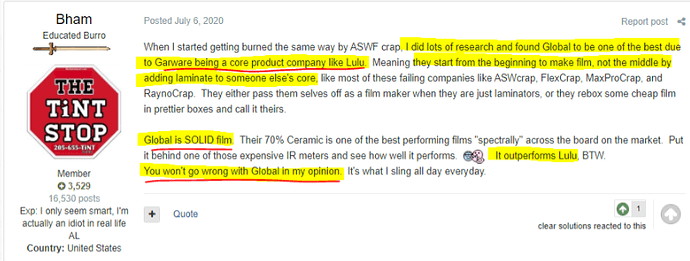
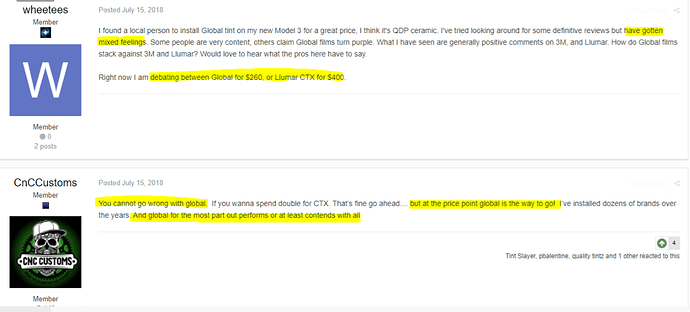


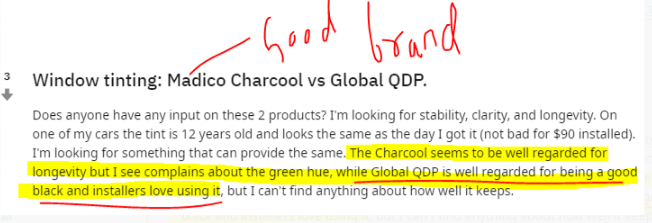
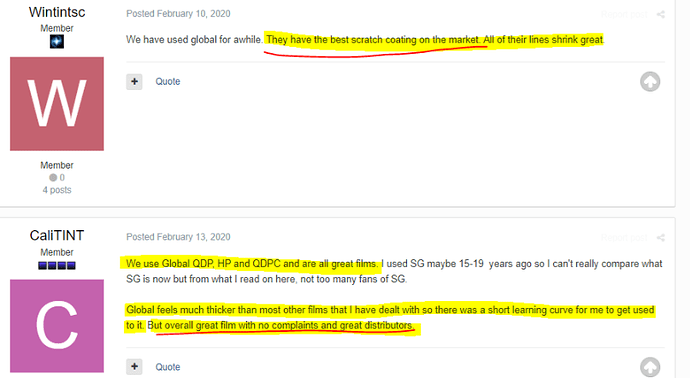


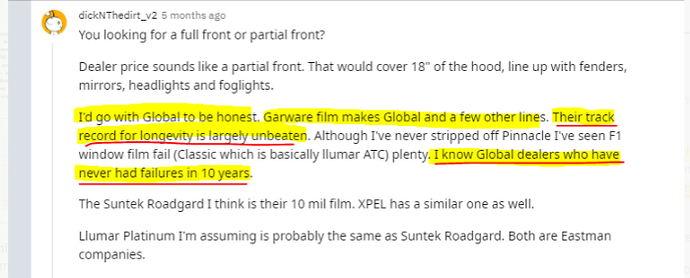


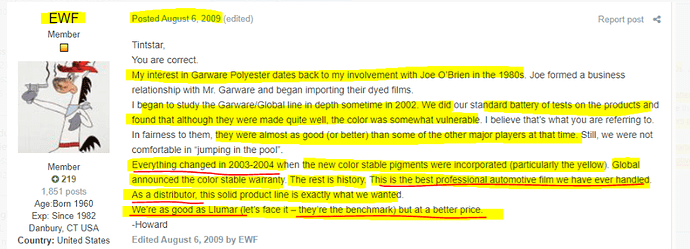
 ),you have covered pretty much everything.I feel most people are confused about the revenue potential in FY22.One participant asked about it quiet explicitly but management was evasive or probably didn’t understand the question.To my understanding,given the current quarterly run rate company should be able to do atleast 1150-60 cr. kind of revenue,with price hikes this should be close to 1200 cr which is a cool 20% revenue growth.PPF should add to this.It was a bit surprising for me to see management being very tight lipped on EBITDA guidance.Last call they said 25% will be the base and that PPF business segment will fetch 30% margins(maybe we can attribute it to first call excitement) However,there were no expansion plans back then so definitely revenue visibility seems to have improved with US markets recovering very well.Apart from GM uncertainty over the short term things remain well on track.It was also heartening to know that inspite of a severe 2nd wave company was running at 100% utilisation throughout.
),you have covered pretty much everything.I feel most people are confused about the revenue potential in FY22.One participant asked about it quiet explicitly but management was evasive or probably didn’t understand the question.To my understanding,given the current quarterly run rate company should be able to do atleast 1150-60 cr. kind of revenue,with price hikes this should be close to 1200 cr which is a cool 20% revenue growth.PPF should add to this.It was a bit surprising for me to see management being very tight lipped on EBITDA guidance.Last call they said 25% will be the base and that PPF business segment will fetch 30% margins(maybe we can attribute it to first call excitement) However,there were no expansion plans back then so definitely revenue visibility seems to have improved with US markets recovering very well.Apart from GM uncertainty over the short term things remain well on track.It was also heartening to know that inspite of a severe 2nd wave company was running at 100% utilisation throughout.